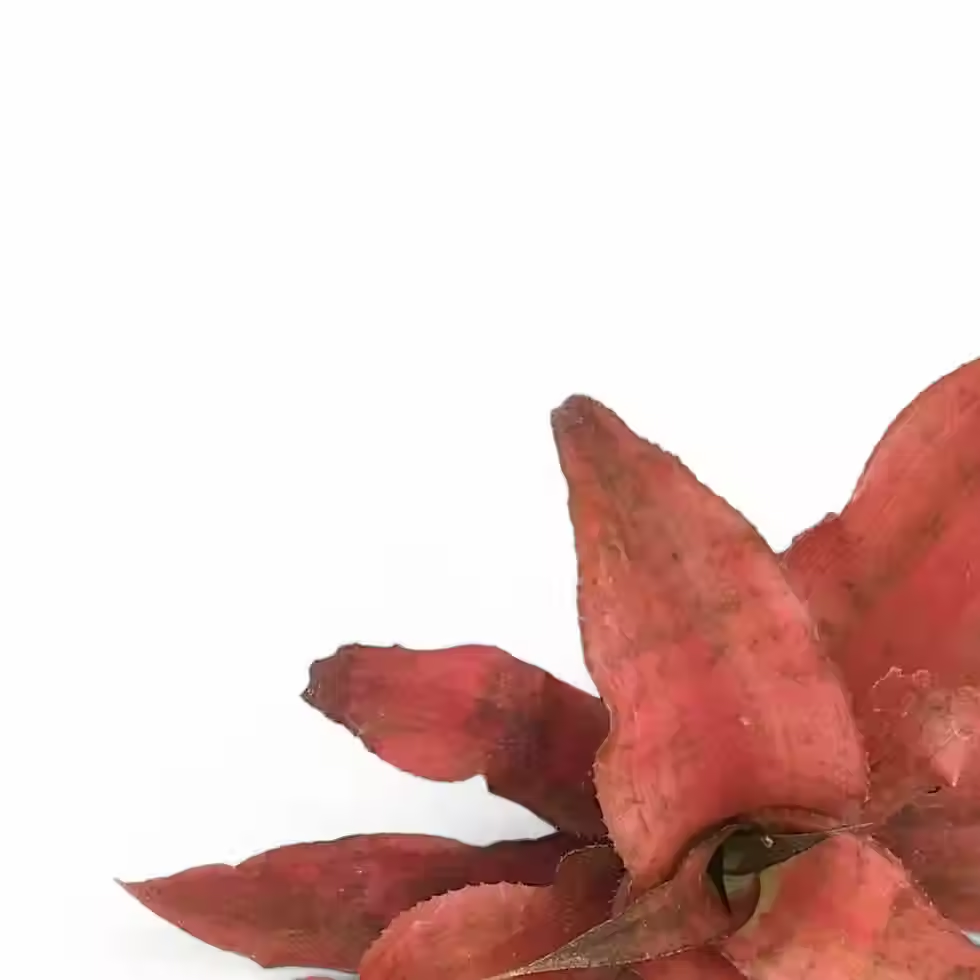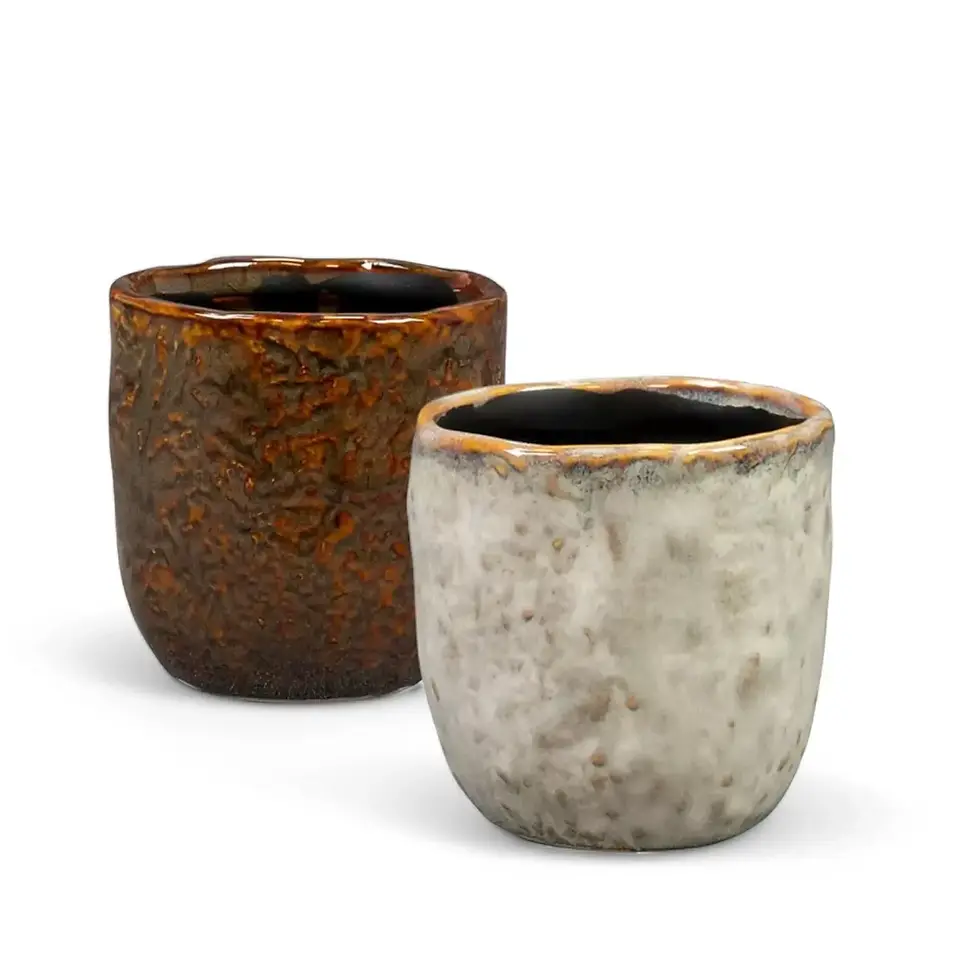Asplenium antiquum - Essential Information and Plant Care
Asplenium antiquum is a striking, slow-growing epiphytic fern from the spleenwort family, well known for its beautifully wavy fronds and rich, vibrant green color. Its graceful appearance adds a calming and lush touch to any indoor space, making it a favorite for plant lovers seeking a low-maintenance yet visually appealing fern. Here’s a detailed guide on its unique features, care needs, and fascinating background.
Distinctive Features
Asplenium antiquum boasts sleek, glossy fronds that grow in a rosette formation, creating a vase-like appearance. These strap-shaped fronds are a bright apple green, contrasted by dark brown to black midribs, and feature undulating, wavy margins that give the plant its signature look. The fronds spread upward and outward, forming a nest-like center where organic matter, like fallen leaves, often accumulates. You’ll notice sori (clusters of sporangia) on the undersides of the fronds, arranged in a herringbone pattern, adding to the fern’s natural charm.
Caring for Your Asplenium antiquum
To keep your Asplenium antiquum thriving, follow these simple care instructions. This fern prefers a balance of indirect light, humidity, and consistent watering to flourish:
- Light: Indirect, bright light is ideal. Avoid direct sunlight, which can scorch the delicate fronds.
- Watering: Keep the soil moist but not waterlogged. Ensure proper drainage to prevent root rot.
- Humidity: Thrives in rooms with higher humidity, like kitchens or bathrooms.
- Soil: Use a well-draining, aerated mix suitable for epiphytic plants. The mix should retain moisture but allow airflow.
- Temperature: Maintain a stable temperature between 18-24°C. Keep away from cold drafts and direct heat sources.
- Fertilization: Feed with a balanced, water-soluble fertilizer once a month to promote healthy growth.
- Repotting: As a slow-growing fern, it doesn’t require frequent repotting. Repot only when root-bound.
Potential Issues and Practical Solutions
Despite being a relatively low-maintenance plant, Asplenium antiquum can encounter a few common issues. Here are some problems to watch for, along with practical solutions:
- Yellowing leaves: Often a sign of overwatering. Reduce watering frequency and check for proper drainage.
- Brown tips or edges: Indicates low humidity. Increase humidity by placing it in a more humid room or using a humidifier.
- Root rot: Caused by waterlogged soil. Ensure your pot has adequate drainage and avoid excess water.
- Pests: Watch for spider mites, mealybugs, or scale insects. Treat with insecticidal soap , neem oil, or use beneficial insects if needed.
Additional Growing Tips
For optimal growth, mimic the natural habitat of Asplenium antiquum. This plant thrives in forested environments, where it grows epiphytically on trees. Placing it in a spot with indirect light and moderate humidity replicates its native environment and ensures healthy growth.
Understanding how it grows in the wild can help you provide the best care, ensuring your fern thrives in your home.
Interesting Information
Asplenium antiquum is not just a beautiful ornamental fern. Its natural ability to trap organic material in its vase-shaped center serves an essential role in its epiphytic lifestyle, providing the plant with nutrients over time.
Etymology
The genus name Asplenium is derived from the Latin “asplēnum,” which comes from the Greek “asplēnon,” meaning spleenwort. This refers to the plant’s reputed medicinal properties in treating spleen-related ailments, although it is now grown primarily for its decorative appeal.
Frequently Asked Questions
→ How often should I water Asplenium antiquum?
Water when the top layer of soil feels slightly dry. Ensure the soil stays consistently moist but not soggy.
→ Can Asplenium antiquum grow outdoors?
Yes, it can grow outdoors in shaded areas with high humidity and mild temperatures. However, it thrives best as a houseplant in controlled environments.
→ Why are my Asplenium antiquum's fronds turning brown?
Brown fronds typically indicate low humidity or exposure to direct sunlight. Increase humidity and move the plant to a spot with indirect light.
Ready to Welcome Asplenium antiquum into Your Home?
Order your Asplenium antiquum today and bring a touch of vibrant greenery to your space. This low-maintenance fern is perfect for creating a lush, tropical atmosphere in any room. Shop now to add this stunning plant to your collection!
Asplenium antiquum
Asplenium antiquum is approximately 25 cm tall/ long and comes in a ⌀ 12 cm pot

























































